
Guide to buying - Roman blinds.
What are Roman blinds?
Roman blinds are neat, elegant and practical window coverings, which can be made from a wide-variety of fabrics. They hang straight and flat against the window or recess when closed; and can therefore be extremely effective in blocking out sunlight.
When fully-raised or open, the blinds stack neatly in horizontals folds at the top, offering a clean, contemporary, minimalist look. The pleated, folding style also gives plenty of options between fully open or closed, depending on your lighting and privacy requirements.
There’s a reason Roman blinds have been around for hundreds of years. Their simple timeless style, energy-efficiency and suitability for a huge range of rooms and window-sizes, has ensured they remain an extremely popular look in both domestic and commercial settings, including new build and period properties.
“Emma made a very cool set of black denim blinds for my son’s bedroom - beautifully made.”
Why choose hand-made Roman blinds?
Bespoke, made-to-measure Roman blinds offer an almost infinite number of classic and contemporary design choices. Many types of fabrics, including cotton and linen – both plain and patterned – [see more fabric ideas] can be used to create Roman blinds of almost any size, complemented by numerous options for headers, pelmets and operating systems.
Every window is different. Our hand-made Roman blinds are measured, made-and-fitted to the highest standards, ensuring an absolutely perfect fit whatever your window size. Unlike some ready-made options, that have visible stitches across the fabric, we use stab stitching that ensures the fabric and lining move together perfectly when your blind is drawn, and you don’t see any stitches.
What type of Roman blinds can I choose from?
With Roman blinds, there are two options for how they fold. At Emma Claire Interiors we offer both. The choice will come down to personal taste and preference, as the cost is not affected. Do you want “stacked” Roman blinds? Or “cascade / waterfall” Roman blinds? The difference is fairly simple.
Stacked Roman Blinds
With stacked Roman blinds, each fold is exactly the same size, so when the blind is drawn (fully open), the pleats sit directly on top of one another. They can be useful if you require more light into the room.
Cascade or Waterfall Roman Blind
With cascade or waterfall Roman blinds, each fold is slightly longer than the last, creating a visually-pleasing staggered or concertina effect.
Can Roman blinds be fitted on the inside or outside of the window?
Both. Roman blinds can be fitted either within the recess of your window, or on the outside. The choice is totally up to you, but there are several factors worth considering.
Inside the recess creates a neat, tidy, space-saving finish, and objects on the window sill can remain on display even when the blinds are completely closed. However, when the blind is up, less light can enter the room. Also, if your recess measures a depth of less than 10cm, it’s probably too shallow to fit a Roman blind within it.
If Roman blinds are installed outside the recess, more light can enter the room when the blinds are retracted, but when lowered, the blind will block out most of the daylight. However, this approach does mean that a baton or cassette will need to fitted above the window, which isn’t always practical and may not suit the interior design look you’re after.
Which types of fabrics can I use to create Roman blinds?
Many types of fabrics and curtain materials can be used to create made-to-measure Roman blinds.
Different weights and thicknesses can be easily accommodated, but a medium weight fabric is ideal, with each type creating a distinctive texture and look.
The best fabrics for Roman Blinds:
Medium-weight cotton
Polyester / cotton blends
Linen / blended-linen
Wool
Faux silk (as long as it’s not too lightweight)
Lightweight damasks & jaquards
Fabrics to avoid:
Heavily-embroidered fabrics
Bulky, heavy material with a pile like velvet
Soft, silky lightweight fabrics


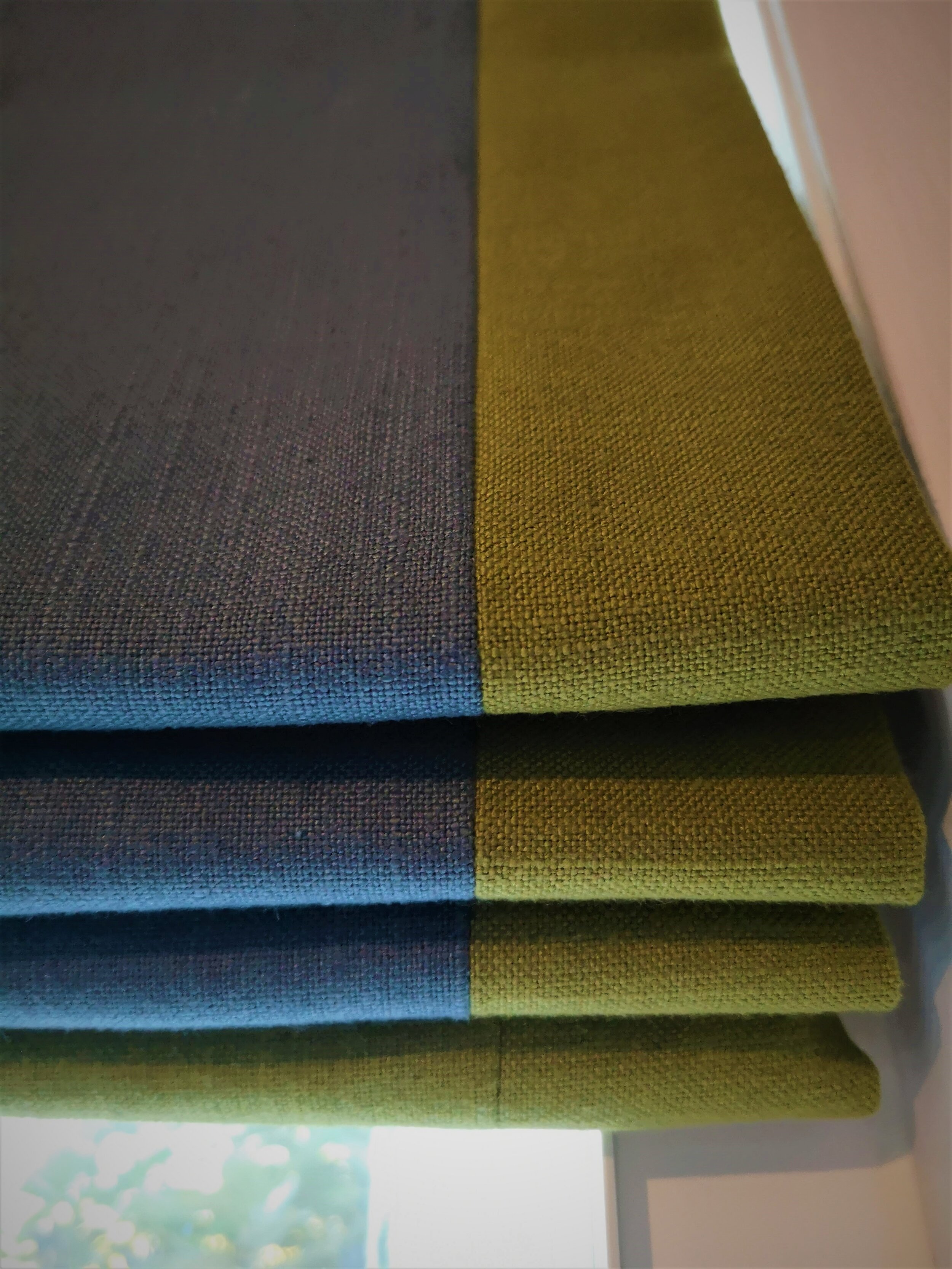



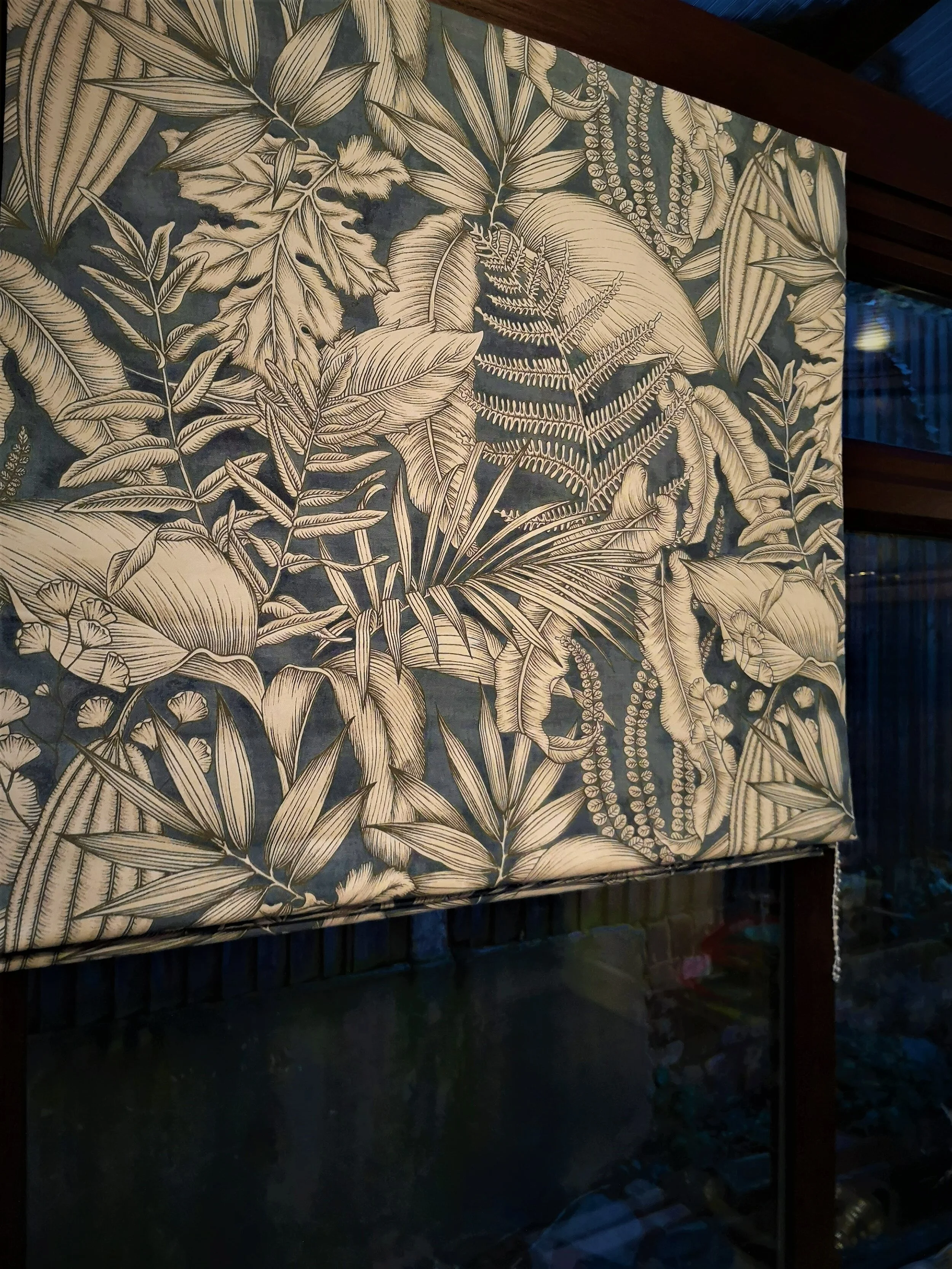
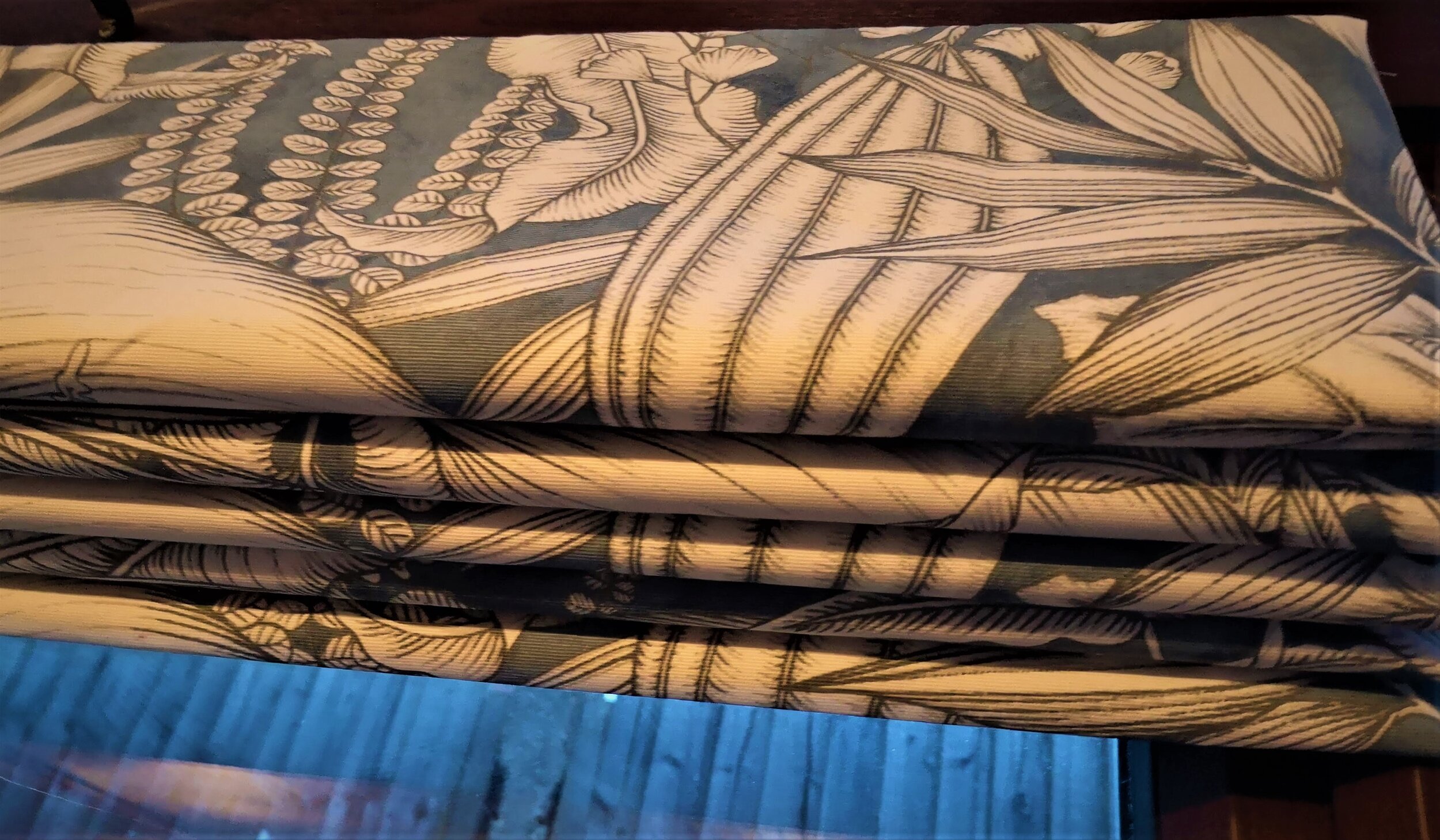





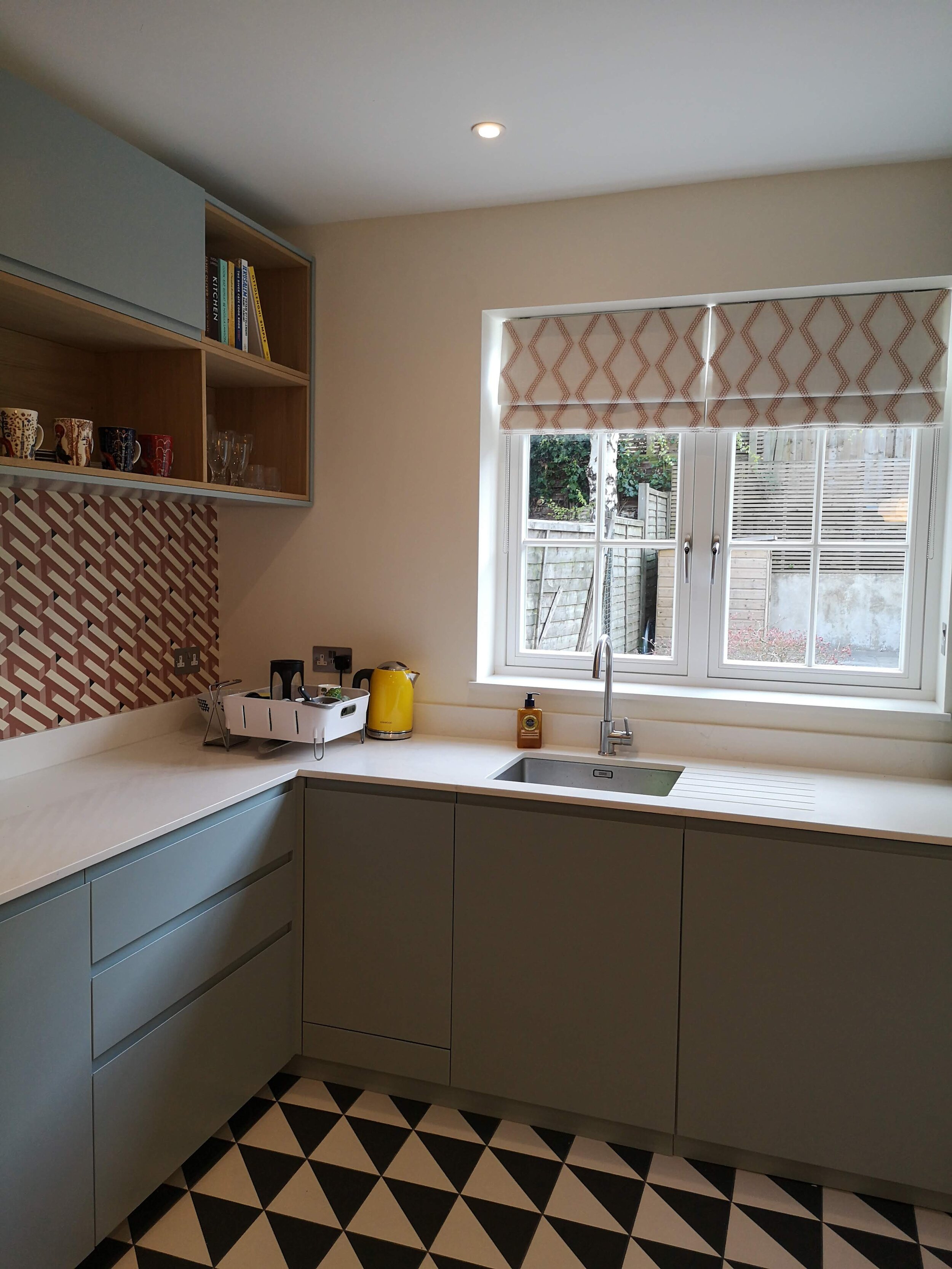
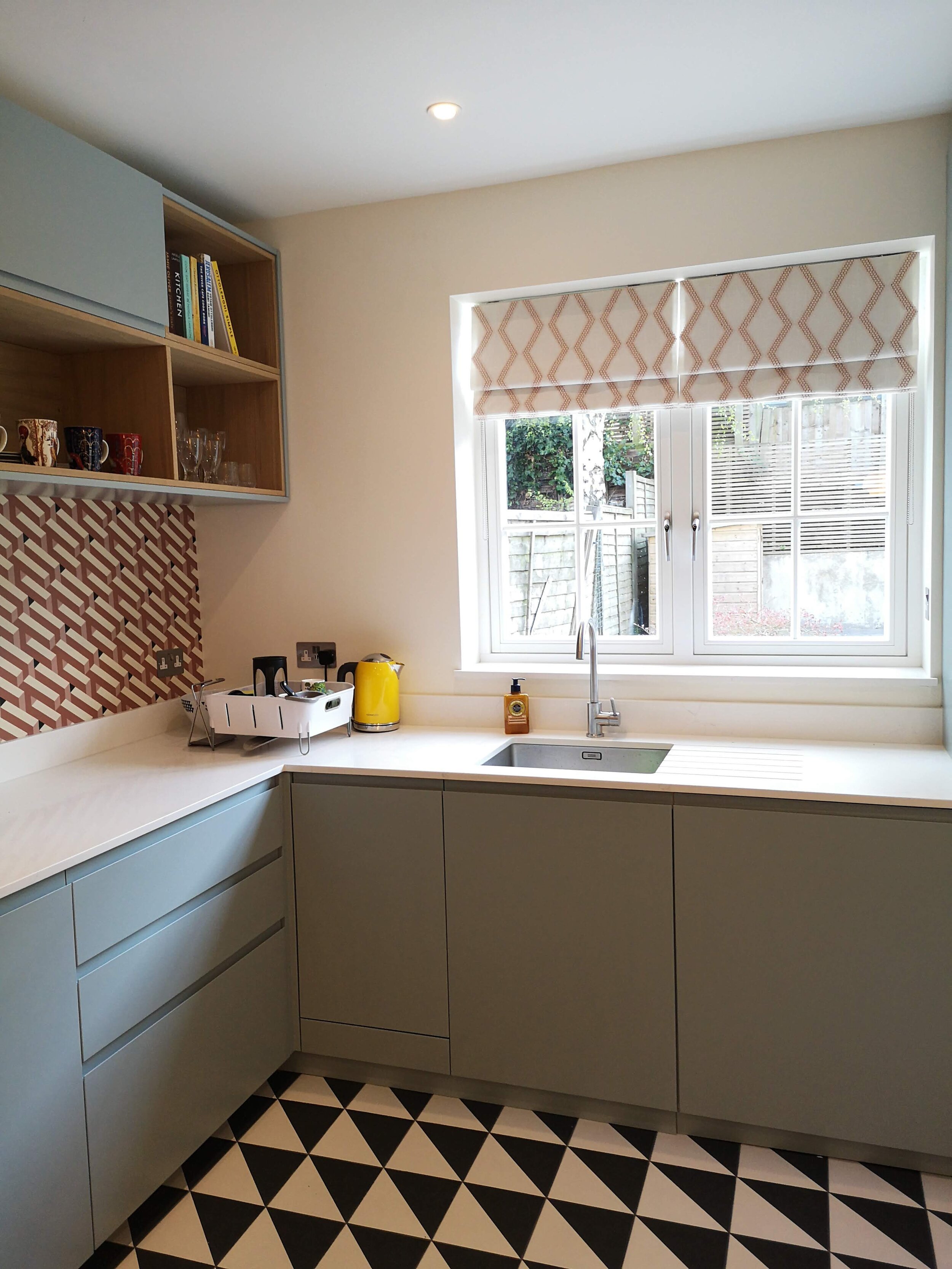






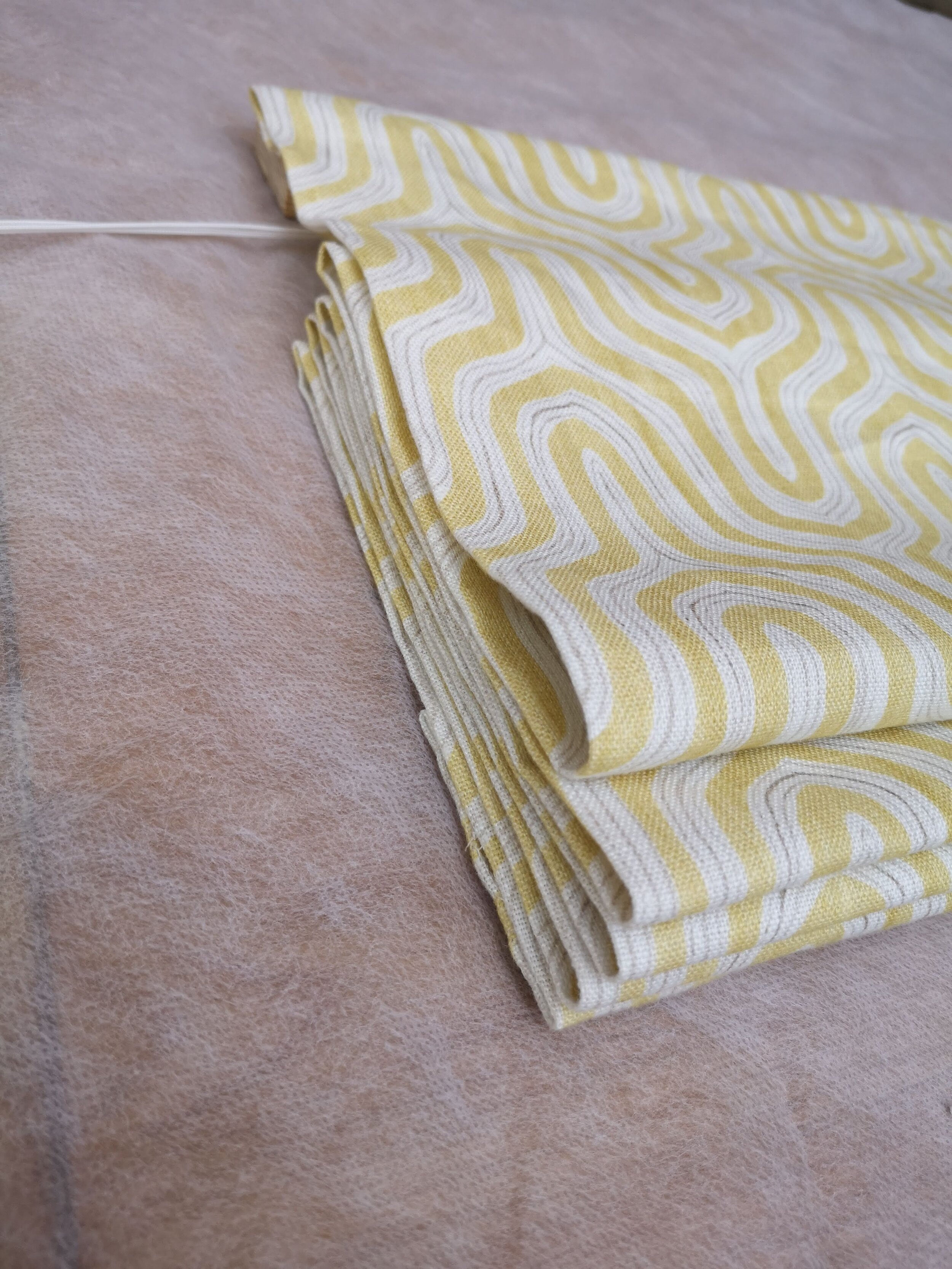
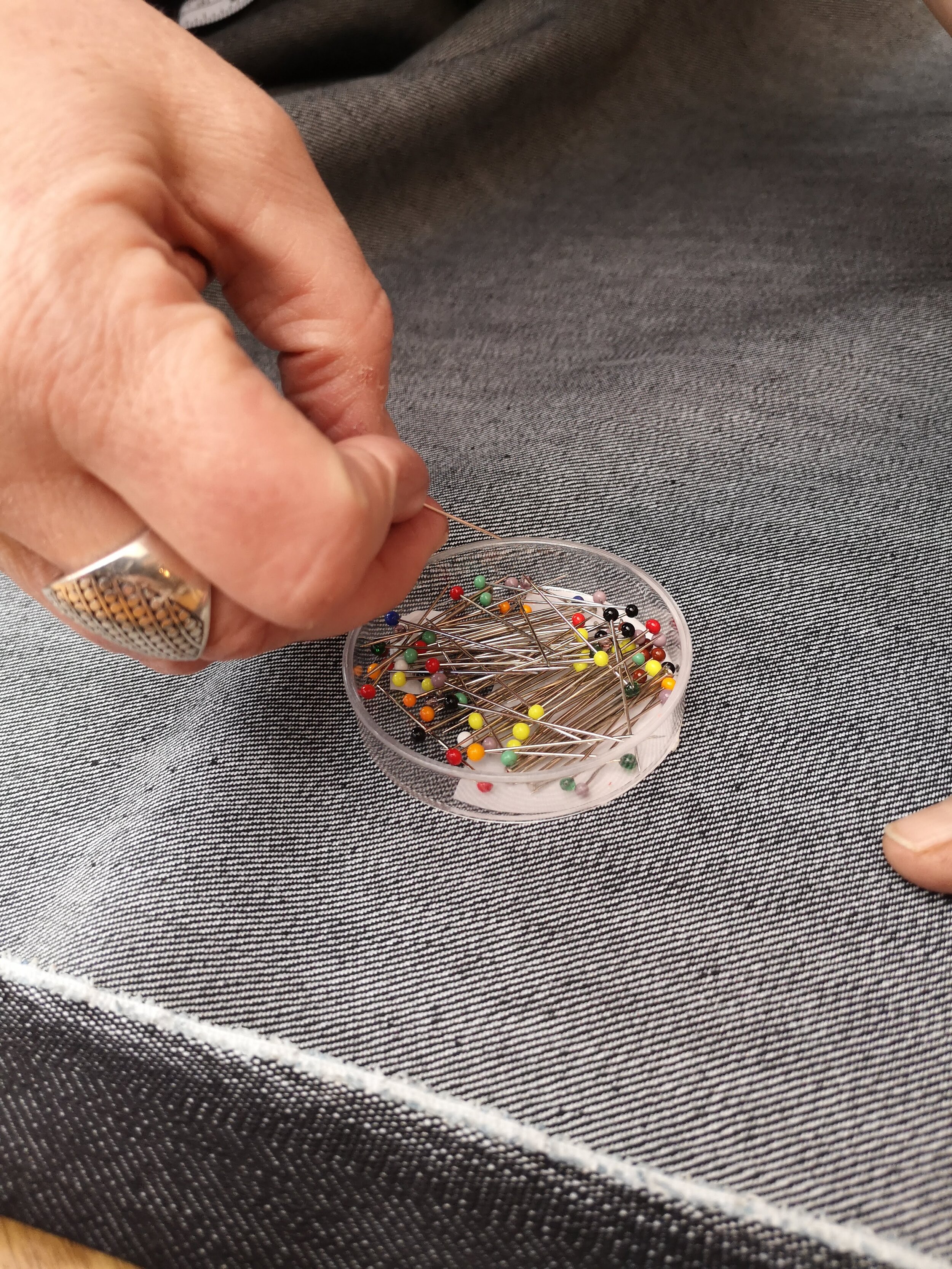
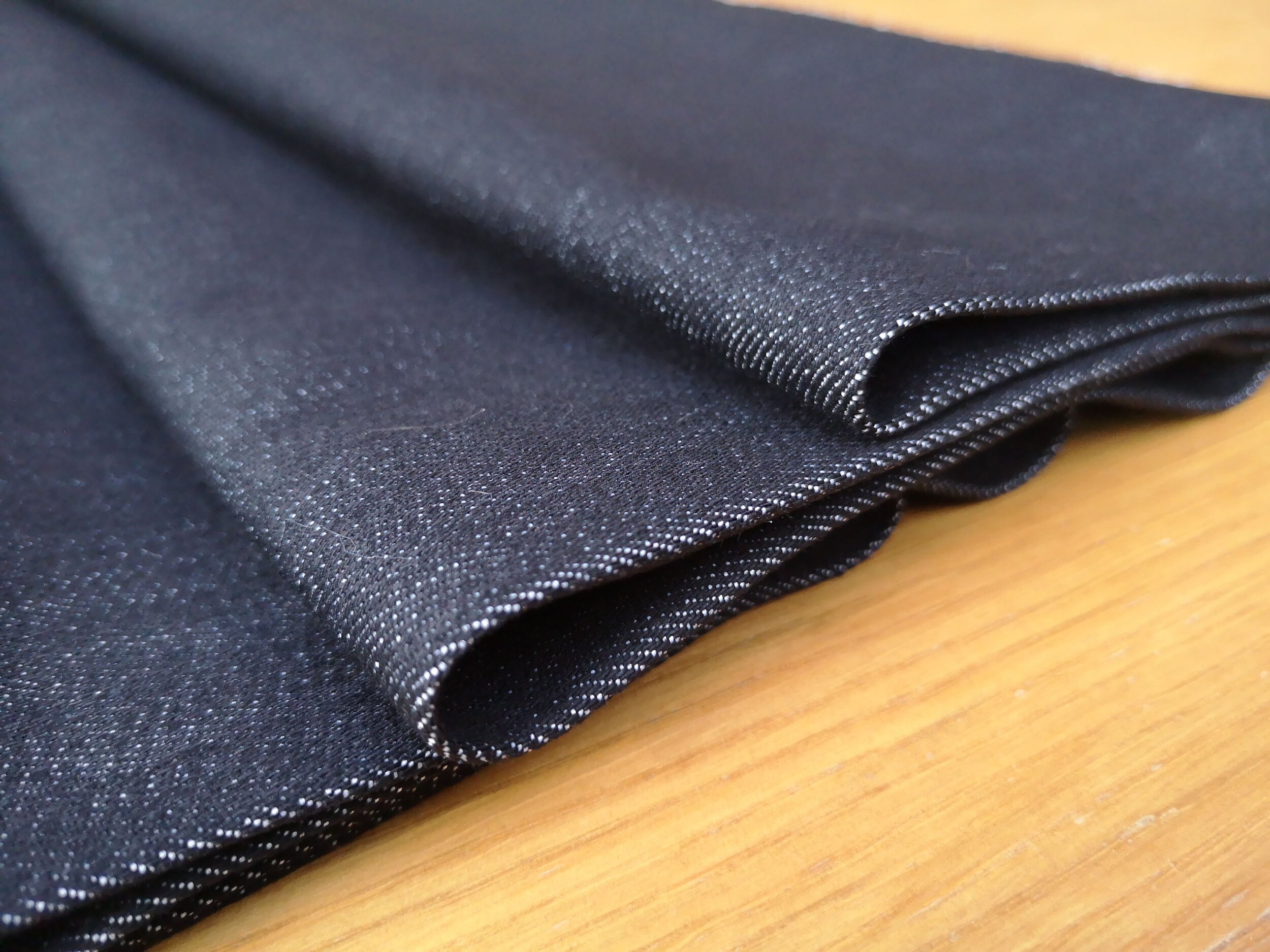


Which colours, patterns and designs are best for Roman blinds?
Fabrics with a small pattern or a bit of texture work very well as Roman blinds.
If a large pattern is used, and there is more than one Roman blind next to each other, be aware that you may need more fabric due to pattern matching. We can help you with this.
Vertical stripes look fabulous as Roman blinds. It’s best to avoid horizontal stripes or tartans as the folds may not be square due to the way fabrics are printed and weaved.
Can I provide my own fabrics for my Roman blinds?
Yes. You’re very welcome to provide us with the fabric for your Roman blinds.
However, as part of the service, we can advise you on the right fabric and best patterns to suit your requirements and available budget. We work with a wide range of suppliers and fabric samples are available on request.
What type of curtain linings are best for Roman blinds?
It is possible to create an unlined Roman blind, but this is only really possible if your chosen fabric is particularly thick. Its’ great and affordable option if you want to show off your design.
Cotton Lining. A single layer of cotton is stitched to the back of your Roman blind. It provides a neat, tailored look, but may not offer enough in terms of heat-retention or light blocking.
Blackout Lining. This is a considerably thicker lining, which is perfect for bedroom use in particular, as it blocks out external light.
Thermal Lining. This is also a much thicker lining, which is helps retain from a room. Particularly useful in conservatories.
Interlining. This creates a thicker, fuller look, as well blocking out extra light and retaining heat
Are there different types of operating systems?
Typically, Roman blinds use a single vertical operating cord or chain, meaning they can be very easily raised or lowered when required.
It’s also possible to incorporate motorised operating systems, either battery-controlled or mains-powered.
If you’re looking for great value, elegant interior design, please get in touch
07792 958 880
enquiries@emmaclaireinteriors.co.uk
Are Roman blinds safe for young children?
At Emma Claire Interiors, we take child safety extremely seriously.
Every Roman blind we install complies with the updated child safety legislation (BS EN 13120:2009+A1:2014, BS EN 16433:2014 and BS EN 16434:2014) published by the British Standards Institution (BSI) IN 2014.
We also follow the British Blind & Shutter Association’s extensive guidance on the new child safety requirements, which is applicable to all homes, all public buildings and any other premises where babies and young children aged 0 – 42 months are likely to have access or be present.
Our Roman blinds are supplied and fitted with child safety devices including cord cleats, chain-break connectors, tie-down clips or chain tidies, meaning that a dangerous cord is never left dangling loose.
So yes, if supplied and fitted correctly, Roman blinds are safe for young children.
Is it easy to clean Roman blinds?
Yes, they are surprisingly easy to maintain and you don’t even need to take them down for cleaning. All you need a standard vacuum cleaner, which usually come with a decent upholstery attachment. Just open the blind fully and brush downwards from top to bottom. Similarly, stains can easily be removed when the blinds are still hung, just check the manufacturers guidelines of your particular fabric.


